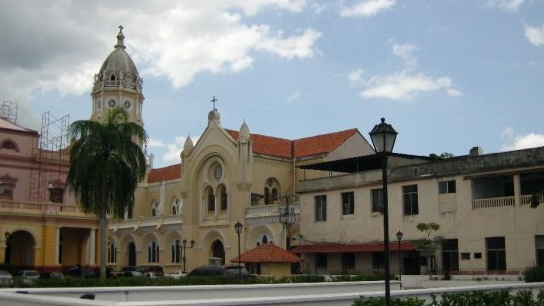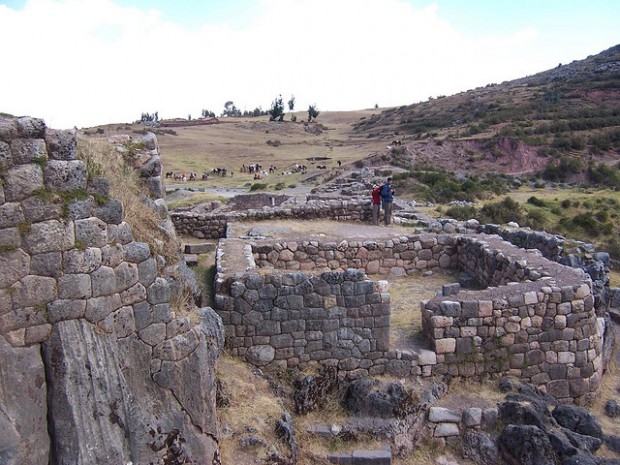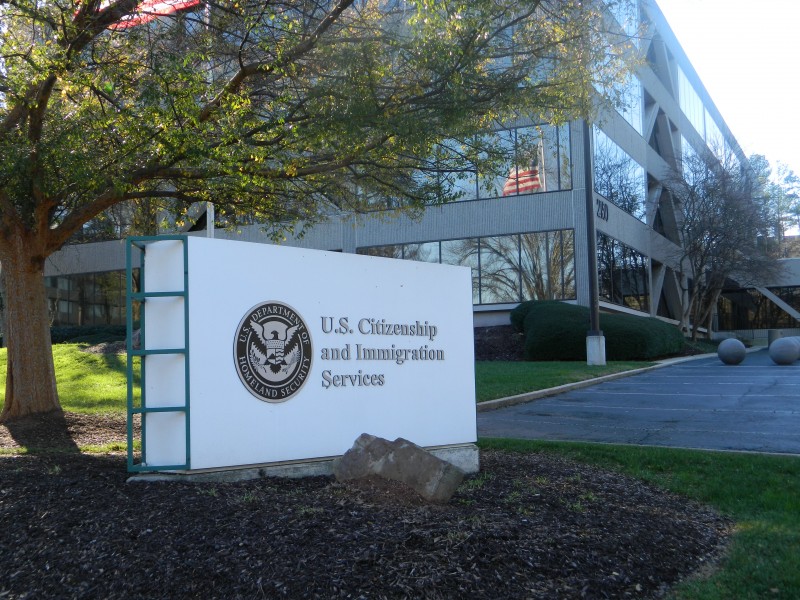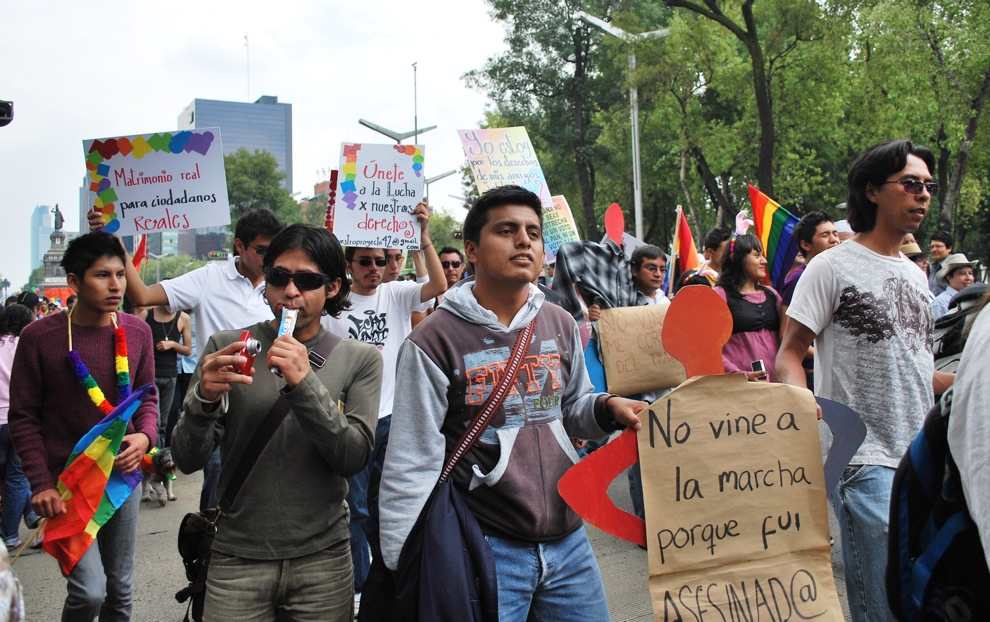
Central America, Dispatches, Panama
Panama’s UNESCO Sites in Danger
March 5, 2010 By Matt Landau
PANAMA CITY — Two historic neighborhoods in the Republic of Panama are in danger of losing their status of World Heritage Sites as recognized by United Nations Educational, Scientific, and Cultural Organization (UNESCO). Paired together, the ruins of Panama Viejo as well as the historic district of Casco Antiguo will be the subject of a visit this month from UNESCO representatives who will seek resolution to various hazards expressed on a visit last year to determine Panama’s future as a world heritage host.
According to UNESCO on its last evaluative trip to Panama, there existed several important threats to the sanctity of Panama Viejo and Casco Antiguo. Some of the threats included severe deterioration of historic buildings, conflicting interests with regards to conservation, deficiencies in legal framework, demolitions of urban buildings and forced displacement of occupants and squatters.
The report also revealed that “inappropriate interventions were undertaken at some historic buildings” and cited the extensive interventions at the Hotel Central that “significantly affected an emblematic building.”
When UNESCO representatives return on March 14 of this year, it is speculated that many of the aforementioned hurdles to preservation will prove to have gone unaddressed.
What it boils down to is a separate and authoritative entity that has not only a sturdy budget, but more importantly, freedom from political waves, said Patrizia Pinzón, President of AVACA, a lobbyist group for Casco Antiguo.
“Everything comes down to continuity,” Pinzón said, adding, “That is to say, we already have laws in place which, even if they are not perfect, are certainly of international standards.”
“But without an entity that has the responsibility, the authority, the independence, the budget, and the qualified staff, we are not going to get too far. Every program depends on it, from social housing to commercial development,” she added.
If Panama’s progress is not approved, Panama’s UNESCO status would be demoted to that of World Heritage in Danger, a precursor to removal from the organization as a whole.
Concerns regarding the state’s role in cultural preservation come not only from outside groups, but also from inside sources such as María Eugenia Herrera de Victoria, Director of Panama’s National Culture Institute (INAC), who worries there’s no policy in place to recover, restore, or conserve Panama’s rich past. “The absence of cultural politics has marked a major part of Panama’s political history,” Herrera said, citing little interest on behalf of the government for the conservation and appreciation of Panama’s heritage.
This would not be the first time that sanctity of a World Heritage Site has been threatened. In 1995, the Giza Pyramids of Egypt were endangered by a highway project that would extend eight lanes of high-speed traffic within two miles of its base.
Experts and lobbyists from both the United Nations and Egypt knew the effects of such a project, both physically and in terms of historical value. They rallied against the project for roughly six months before an agreement was reached and the nearly completed highway was rerouted in its entirety.
At a press conference, UN and Egyptian representatives said that the decision was made irrespective of the vast costs associated with moving an eight-lane highway. The act of preserving a UNESCO World Heritage Site, they explained, was quite simply priceless.
Similar accounts such as illegal logging in Mount Kenya National Park, and plans for an aluminum plant construction near Delphi in Greece show not only that governments do occasionally overlook threats to heritage and patrimony but also that they are, with the help of such important organizations, able to address and tackle obstacles to patrimony with full force.
According to UNESCO, “often the World Heritage Committee and the states parties, with the assistance of UNESCO experts and other partners, find solutions before a given situation deteriorates to an extent that would damage the site.” Such would be the case with Panama where a strong new tourism and investment sector has come to attract foreigners who value such accolades.
“We came to Panama because we are trying to visit all the World Heritage Sites before we die,” said Mimi Lichtman, who was touring Casco Antiguo with her husband, Paul. “All the guidebooks said we had to visit this place.”
According to statistics provided from Panama’s tourism authority (ATP), roughly 60,000-70,000 tourists visit the country’s capital each month, a large majority of whom engages in city tours that visit both of Panama’s UNESCO World Heritage Sites.
In a press conference this week, Panama’s Ministry of Finance announced, among other large-scale projects, its new metro system that is estimated to cost around $1.5 billion. However, according to authorities like Herrera of INAC, “building Panama’s future is just as important as offering tourists and Panamanians a legacy of its past.”
This story was orginally published in the Panama Report.
About Matt Landau
Matt Landau is the founder of the Panama Report, an online travel and investment magazine. He has been featured in publications such as GQ, The New York Times and BusinessWeek for his take on life and investment in Central America.







2 Comments
[…] Panama’s UNESCO Sites in Danger […]
[…] problemas para mantener y proteger estos sitios Patrimonio de la Humanidad. Dejo aquí el enlace: Panama’s UNESCO sites in danger (en inglés). Compartir: Bitacoras.com | Facebook | Twitter | Delicious | […]
Comments are closed.